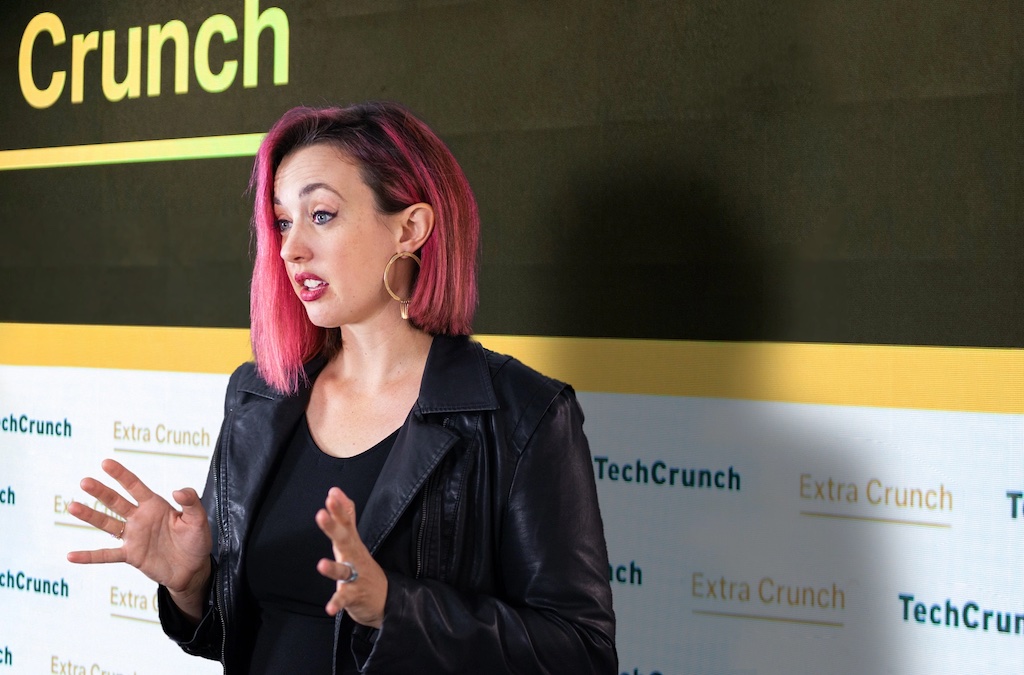Here’s another edition of “Dear Sophie,” the advice column that answers immigration-related questions about working at technology companies.
“Your questions are vital to the spread of knowledge that allows people all over the world to rise above borders and pursue their dreams,” says Sophie Alcorn, a Silicon Valley immigration attorney. “Whether you’re in people ops, a founder or seeking a job in Silicon Valley, I would love to answer your questions in my next column.”
TechCrunch+ members receive access to weekly “Dear Sophie” columns; use promo code ALCORN to purchase a one- or two-year subscription for 50% off.
Dear Sophie,
I lived and worked in the United States on an L-1B for a year, and then changed to an H-1B for 2.5 years before I moved back to India (where I’m a citizen) and founded a startup.
Now I want to return to the U.S. to raise funds for my startup. What are my options for returning to the U.S. as a founder?
— Fast-Moving Founder
Dear Fast-Moving,
Congratulations on launching your own venture and making the move to jump back to the States to expand your startup and secure investors! I recommend working with an immigration attorney to determine the best options based on your long-term goals, as well as a corporate attorney to discuss the best structure for your startup’s U.S. entity to make it attractive to investors. Most U.S. investors prefer to invest in a parent company based in the U.S. that’s a Delaware C corporation.
Depending on which non-immigrant visa you pursue, you may be able to avoid having to go through an in-person consular interview through the end of this year since you went through the interview process for your L-1B intracompany transferee specialized knowledge worker visa. The U.S. Department of State extended the visa interview waiver program until the end of this year. Consular officers have the discretion to waive the visa interview requirement for certain work visas like the O-1A and H-1B if the beneficiary was previously issued a visa and has never been refused one. Unfortunately, the interview cannot be waived for the L-1 visa.
You have a few visa options to return to the U.S. as a founder, so let’s dive in!

Image Credits: Joanna Buniak / Sophie Alcorn (opens in a new window)
B-1 visa
If you want to set up your startup’s U.S. entity, find office space, or meet with prospective investors, you can do that on a B-1 visitor visa for business. The B-1 will enable you to enter the U.S. and stay for up to six months. However, you cannot do any work while on a B-1. Your immigration attorney can tell you what activities are allowed.
When you arrive in the U.S., be prepared that the U.S. Customs and Border Protection officer at the airport may ask you what business activities you intend to do during your stay.
While you’re in the U.S. on a B-1 you can change your status to one of the visas below without leaving the U.S.
